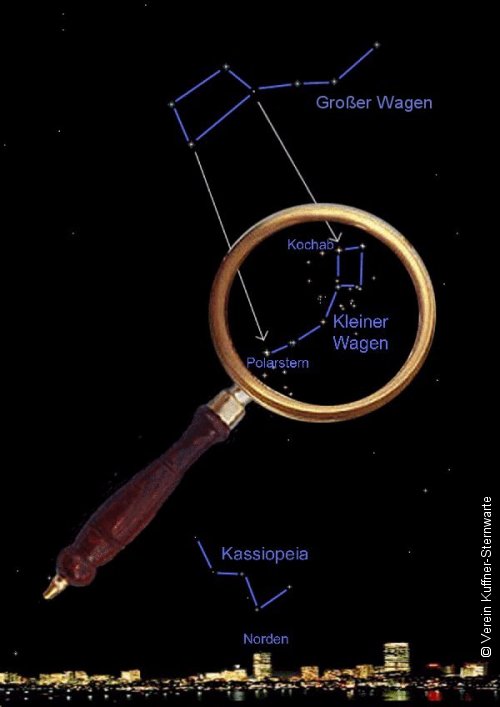2009 is the international year of astronomy, celebrating the 400th anniversary of Galileo's observations of Venus, Saturn and Jupiter published in Sidereus Nuncius (Starry Messenger).
Unlike numerous other scientific initiatives to educate the populace, I think this global effort may actually have some impact. Not only are there educational materials, but practical tips, movie clips, and a myriad of projects to draw in amateurs and experts alike. The initiative is also harnessing the power of the Internet, much like Obama did in his campaign, to spread the word.
The IYA was initiated by the International Astronomical Union and UNESCO to "help the citizens of the world rediscover their place in the Universe through the day- and night-time sky, and thereby engage a personal sense of wonder and discovery." I stumbled upon it thanks to a Slashdot post.
The IAU/UNESCO site seems to be the catchall for IYA2009 - news and global events, mostly, and a list of global Web sites, nodes, projects and groups. What drew me in more, however, were the multiple sites for users to join in the fun.
James Cann has a Flickr site with gorgeous photos of light pollution. I realize that's a bit  counter-productive, as the beautiful photos don't necessarily encourage us to turn our lights off. But anyway, Cann created the "red sky at night" site as part of the Illuminati Project "for the pictorial preservation and documentation of non-natural illumination of urban and suburban environs." The name of the site comes from the startling photo of the red night sky in the desert.
counter-productive, as the beautiful photos don't necessarily encourage us to turn our lights off. But anyway, Cann created the "red sky at night" site as part of the Illuminati Project "for the pictorial preservation and documentation of non-natural illumination of urban and suburban environs." The name of the site comes from the startling photo of the red night sky in the desert.
People are invited to post their own photos and then turn off the lights. As of this blog posting, 65 photos from all over the world are on the Illuminati site. Check it out.
One of the IYA2009 cornerstone projects is Dark Skies Awareness, whose goal is "to raise the level of public knowledge about adverse impacts of excess artificial lighting on local environments and help more people appreciate the ongoing loss of a dark night sky for much of the world’s population." This site emphasizes local solutions to the global problem.
I like Dark Skies Awareness for its use of social networking and media - there's a Facebook link, MySpace page, podcasts, a photo contest, streaming video and more. It also has easily accessible frequently asked questions - for example, what the heck is light  pollution? One of my favorite parts of the site is the citizen science project that invites anyone around the world to measure sky brightness and contribute to an online worldwide map of light pollution. The brief front page outlines the project and includes a ticker of observations reported, and then the instruction page goes through how you can help. Better yet, the instruction page includes constellation maps, printable star charts so you can take them outside and observe the stars, and an interactive star chart. Awesome.
pollution? One of my favorite parts of the site is the citizen science project that invites anyone around the world to measure sky brightness and contribute to an online worldwide map of light pollution. The brief front page outlines the project and includes a ticker of observations reported, and then the instruction page goes through how you can help. Better yet, the instruction page includes constellation maps, printable star charts so you can take them outside and observe the stars, and an interactive star chart. Awesome.
Another great resource is the International Dark-Sky Association site. This is a great place to find local news (print, radio and TV) coverage, policy coverage (including letters from Congress), all sorts of goodies for the kids (educational materials for teachers and students), FAQs about light pollution, and my personal favorite, practical homeowner guides to outdoor lighting - they have manufacturers and products that are "fixture seal of approval" certified, meaning the products are dark-sky friendly. Kind of like Energy Star for energy-efficient products. Check out best choice lighting products.
You can also brush up on light pollution on the National Geographic site, which has a collection of posts; references for further reading are included.
Illuminating The Problem Of Light Pollution
Related articles
- International Year Of Astronomy 2009 Is The Perfect Chance To Learn Astronomy
- A Dazzling Show For Star-Gazers This Weekend
- Galileo's Telescope Recreated
- History Made as 90,000 Earthlings Send Messages to Mars
- Celestron SkyScout Personal Planetarium Declared 'Official Product' Of International Year Of Astronomy (IYA) 2009




Comments